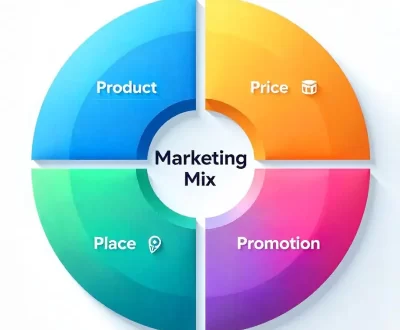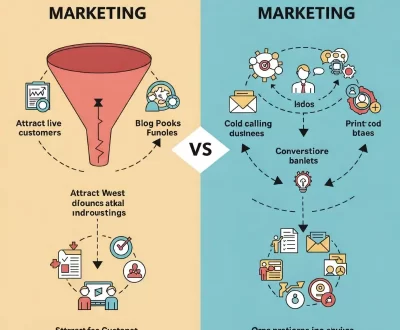What is Storytelling? The Art, Importance, and How to Master It
- March 23, 2025
- Uncategorized
Storytelling is as old as humanity itself. From ancient cave paintings to modern-day Netflix series, stories have been the backbone of how we communicate, connect, and make sense of the world. But what is storytelling exactly? Why does it matter so much? And how can you master this timeless art? Let’s dive in.

What is Storytelling?
At its core, storytelling is the art of using words, visuals, or actions to convey a message, evoke emotions, and engage an audience. It’s not just about telling tales; it’s about creating an experience that resonates with others.
Think of it like this:
- A fact is: “The Eiffel Tower is 330 meters tall.”
- A story is: “When I first saw the Eiffel Tower, I felt like a tiny speck in the universe, yet somehow connected to every person who had ever stood there before me.”
Stories transform information into something memorable, relatable, and impactful.
Why is Storytelling Important?
Storytelling isn’t just for writers or filmmakers. It’s a powerful tool for everyone—businesses, teachers, parents, and even you. Here’s why:
- It Connects People
Stories break down barriers. They help us understand different perspectives, cultures, and experiences. - It Makes Information Stick
Facts and figures are easily forgotten, but stories stay with us. They’re how we remember lessons, values, and ideas. - It Inspires Action
Great stories move people. They can motivate, persuade, and even change lives. - It Builds Trust
When you share a story, you’re sharing a piece of yourself. This authenticity builds trust and loyalty.
The Art of Storytelling
Storytelling is both an art and a skill. Here’s what makes a story truly captivating:
1. A Strong Beginning
Hook your audience from the first sentence. Ask a question, share a surprising fact, or paint a vivid picture.
Example: “It was a rainy Tuesday when I realized I’d been living someone else’s dream.”
2. Relatable Characters
Your audience needs someone to root for. Create characters with flaws, dreams, and struggles.
3. Conflict and Resolution
Every great story has a problem to solve. This keeps your audience engaged and eager to know what happens next.
4. Emotion
Make your audience feel something—joy, sadness, curiosity, or even anger. Emotion is the glue that binds them to your story.
5. A Clear Message
What’s the point of your story? Whether it’s a lesson, a call to action, or simply entertainment, make sure your message shines through.
How to Master Storytelling
Ready to become a storytelling pro? Here are some practical tips:
1. Know Your Audience
Who are you speaking to? What do they care about? Tailor your story to their interests and needs.
2. Practice, Practice, Practice
The more you tell stories, the better you’ll get. Start small—share a personal anecdote with a friend or write a short story.
3. Use Visuals
A picture is worth a thousand words. Use images, videos, or even gestures to bring your story to life.
4. Be Authentic
Don’t try to be someone you’re not. Your unique voice and experiences are what make your stories special.
5. Learn from the Masters
Read books, watch movies, and listen to podcasts. Pay attention to how the best storytellers structure their narratives and engage their audiences.
Storytelling in Everyday Life
You don’t need to be a novelist or filmmaker to use storytelling. Here are some ways to incorporate it into your daily life:
- At Work: Use stories to pitch ideas, motivate your team, or connect with clients.
- In Relationships: Share personal stories to deepen your connections with loved ones.
- For Personal Growth: Reflect on your own experiences and turn them into lessons or inspiration for others.
Final Thoughts
Storytelling is more than just a skill—it’s a superpower. It allows us to share our humanity, inspire change, and leave a lasting impact. Whether you’re telling a bedtime story to your child, presenting a business idea, or writing a novel, remember this: the best stories come from the heart.
So, what’s your story? Start telling it today.
Pro Tip: If you found this post helpful, share it with someone who loves stories! And don’t forget to leave a comment below with your favorite storytelling tip or experience. Let’s keep the conversation going.








